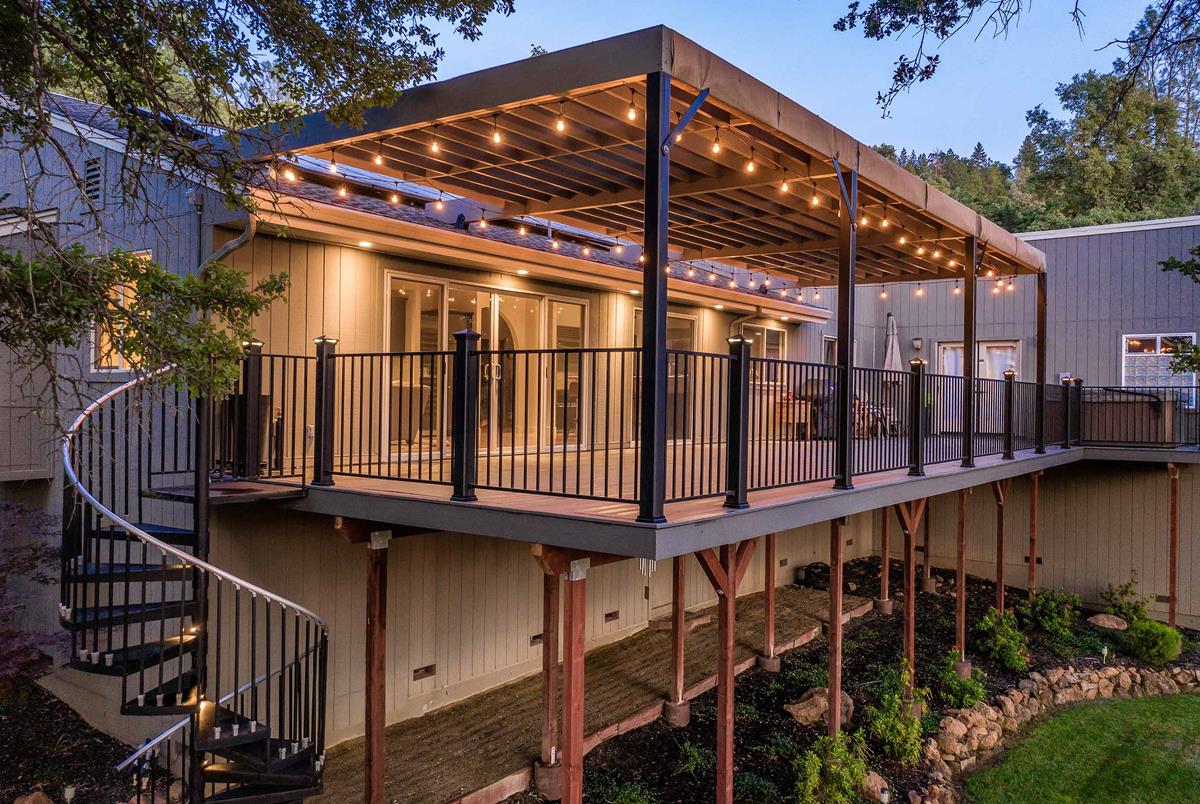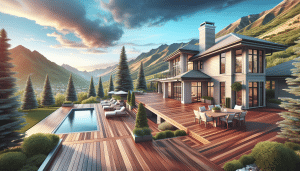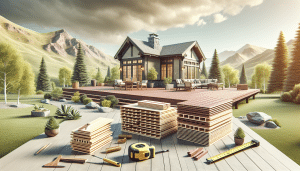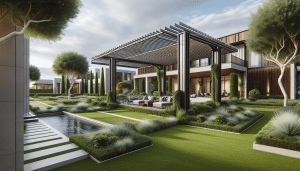Choosing the right decking material is a crucial decision when planning your dream deck. At Utah Deck Supply, we understand that each material comes with its unique set of advantages and drawbacks. In this guide, we’ll compare popular decking materials, outlining the pros and cons of each, to help you make an informed choice for your outdoor oasis.
Decking materials vary in appearance, durability, maintenance requirements, and cost. Understanding the pros and cons of each option is essential for creating a deck that meets your needs and style preferences.
1. Hardwood Decking
Pros:
- Natural Beauty: Hardwood decks exude elegance with their rich, natural wood grain.
- Durability: Species like Ipe and Mahogany are exceptionally durable and can last for decades.
- Resistant to Pests: Hardwoods are naturally resistant to pests and decay.
- Stability: They remain stable in various climates.
Cons:
- Higher Cost: Hardwood decking is generally more expensive upfront.
- Maintenance: Periodic staining and sealing are necessary to maintain their appearance.
- Sourcing: Sustainable sourcing can be a concern with some hardwoods.
2. Composite Decking
Pros:
- Low Maintenance: Requires minimal upkeep, no staining or sealing.
- Wide Variety: Available in a range of colors and textures.
- Eco-Friendly Options: Some brands use recycled materials.
- Durability: Resists rot, insects, and warping.
Cons:
- Initial Cost: Can be more expensive than wood.
- Fading: Some composites may fade over time.
- Heat Retention: Composite decks may become hot in direct sunlight.
3. Softwood Decking (Cedar and Redwood)
Pros:
- Natural Beauty: Redwood and cedar have a distinct, attractive appearance.
- Insect and Decay Resistance: Both are naturally resistant to pests and decay.
- Affordability: Generally more budget-friendly than hardwoods.
Cons:
- Maintenance: Requires staining and sealing to preserve their appearance.
- Less Durable: Softwoods may not last as long as hardwoods.
- Availability: Quality redwood and cedar may not be readily available in all areas.
4. Pressure-Treated Wood
Pros:
- Affordable: Pressure-treated wood is often the most budget-friendly option.
- Availability: Widely available in various lumberyards.
- Decent Durability: Treated wood resists rot and pests.
Cons:
- Maintenance: Regular staining and sealing are essential.
- Chemical Treatment: Some people are concerned about the chemicals used in pressure treatment.
- Warping: Treated wood may warp or splinter over time.
5. PVC Decking
Pros:
- Low Maintenance: Requires minimal upkeep, no staining or sealing.
- Durability: Resistant to rot, insects, and fading.
- Wide Color Range: Available in various colors and styles.
- Long Lifespan: PVC decking can last for decades.
Cons:
- Higher Cost: PVC decking is generally more expensive upfront.
- Heat Retention: Can become hot in direct sunlight.
- Appearance: Some may prefer the natural look of wood.
6. Aluminum Decking
Pros:
- Durability: Resistant to rust, rot, insects, and warping.
- Low Maintenance: Requires minimal upkeep.
- Non-Combustible: Aluminum is fire-resistant.
- Lightweight: Easier to install and transport.
Cons:
- Cost: Aluminum decking tends to be more expensive.
- Appearance: Some may find the appearance less appealing than wood.
- Slippery When Wet: Can be slippery when wet, so additional safety measures may be needed.
7. Choosing the Right Material for Your Deck
Selecting the right decking material depends on your priorities:
- If you prioritize natural beauty and don’t mind maintenance, hardwoods might be for you.
- For low-maintenance and a wide range of styles, consider composite or PVC decking.
- If you prefer a traditional look with some maintenance, cedar or redwood could be ideal.
- For affordability, pressure-treated wood is a solid choice.
- Aluminum decking is excellent for durability and low maintenance, but it comes at a higher cost.
8. FAQs About Decking Materials
Q1: Which decking material is the most durable?
A1: Hardwood decking, particularly Ipe and Mahogany, is renowned for its durability. PVC and aluminum decking are also highly durable options.
Q2: What is the most low-maintenance decking option?
A2: Composite, PVC, and aluminum decking are the most low-maintenance options, requiring minimal upkeep.
Q3: Which decking material is the most eco-friendly?
A3: Some composite brands use recycled materials, making them eco-friendly. Redwood and cedar are also sustainable choices when sourced responsibly.
Q4: Can I install these materials myself, or should I hire a professional?
A4: DIY installation is possible for many materials, but complex designs may require professional expertise.
Q5: How long can I expect each type of decking to last?
A5: Hardwood decking can last 25-50 years or more. Composite, PVC, and aluminum decking often have lifespans of 25-30 years. Cedar and redwood can last 20-30 years when well-maintained. Pressure-treated wood typically lasts 15-25 years.
Conclusion
Choosing the right decking material is a significant decision that will impact the look, maintenance, and longevity of your outdoor space. At Utah Deck Supply, we’re here to assist you in making an informed choice that aligns with your needs and vision.
Ready to embark on your decking project? Contact us today at 385-993-5492 or visit our website at UtahDeckSupply.com. Let’s create the deck of your dreams, perfectly tailored to your lifestyle and preferences.




